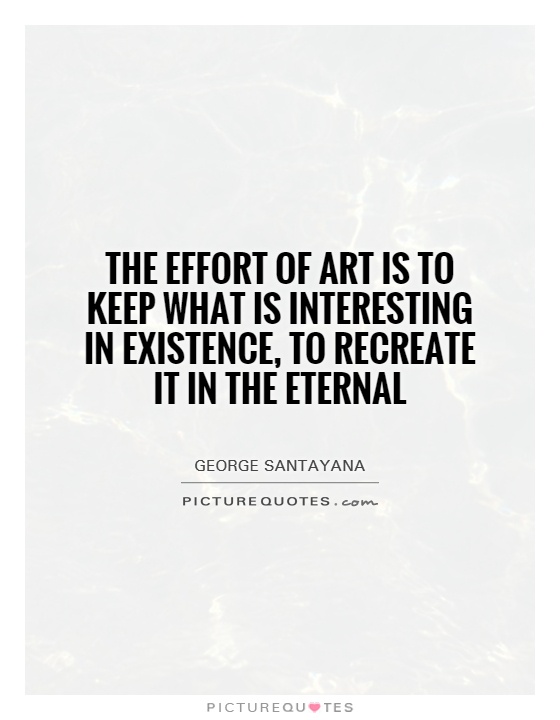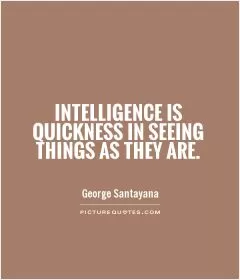The effort of art is to keep what is interesting in existence, to recreate it in the eternal

The effort of art is to keep what is interesting in existence, to recreate it in the eternal
George Santayana, a Spanish-American philosopher, poet, and novelist, believed that the effort of art is to keep what is interesting in existence and to recreate it in the eternal. This idea reflects Santayana's belief in the power of art to capture the essence of life and preserve it for future generations.Santayana saw art as a way to transcend the limitations of time and space, allowing us to connect with the past and the future in a meaningful way. By creating works of art that capture the beauty and complexity of human experience, artists are able to preserve what is interesting and meaningful in existence for generations to come.
In his book "The Sense of Beauty," Santayana explores the idea that art has the power to evoke emotions and experiences that transcend the physical world. He believed that art has the ability to transport us to a higher plane of existence, where we can connect with the eternal truths of the universe.
Santayana's philosophy of art is rooted in his belief that the purpose of art is to capture the essence of life and preserve it for future generations. By creating works of art that are both beautiful and meaningful, artists are able to transcend the limitations of time and space and connect with the eternal truths of the universe.
Santayana's ideas about art have had a profound influence on the way we think about creativity and expression. His belief in the power of art to capture the essence of life and preserve it for future generations is a powerful reminder of the importance of creativity and imagination in our lives.












 Friendship Quotes
Friendship Quotes Love Quotes
Love Quotes Life Quotes
Life Quotes Funny Quotes
Funny Quotes Motivational Quotes
Motivational Quotes Inspirational Quotes
Inspirational Quotes